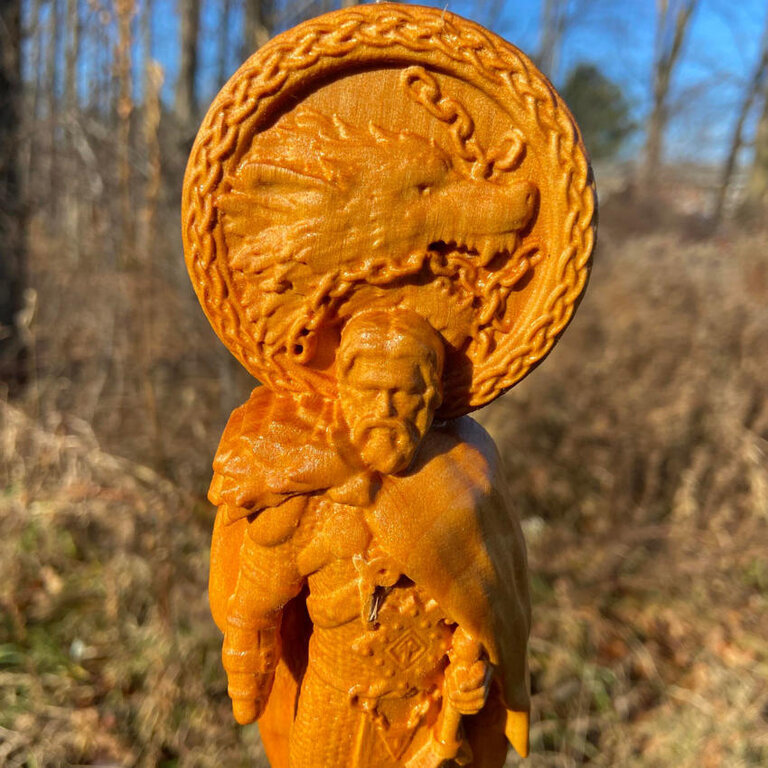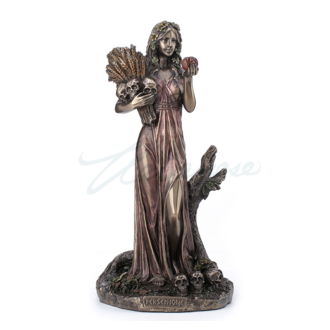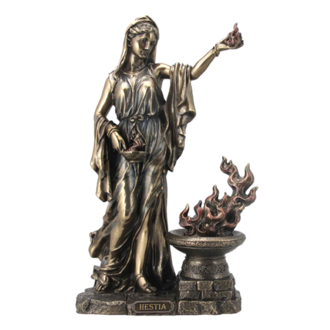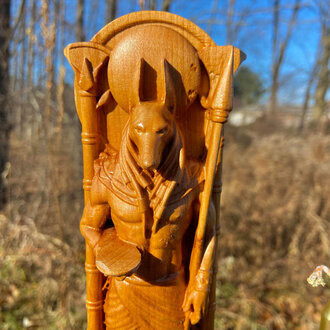
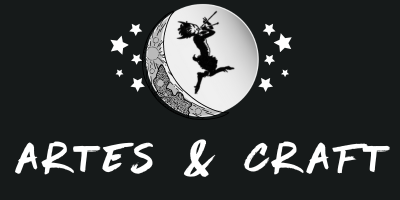

Login
Log in if you have an account
Register
Having an account with us will allow you to check out faster in the future, store multiple addresses, view and track your orders in your account, and more.
Create an accountWe proudly import these from Northern Europe! A small pagan company in Ukraine hand carves these amazing altar statues of the pagan gods and goddesses BY HAND! Most pagan statues on the market are “cold cast resin” – which is fine, but they are basically resin/plastic and mass produced. These are unique, every detail is hand carved! These are tools you will be proud to pass onto the next generation!
Approximately 9 inches high.
Carved from beautiful Alder, one of the famous Celtic Ogham trees. Alder trees feature often in Celtic Mythology and Folklore. They are said to be home to fairies, they are the symbol of Bran in Welsh Mythology and are most often associated with water, secrecy, nature, spirituality, and balance. Alder trees were a source of great mystery to the Celts. Their sap turns a deep red when exposed to the air, as if they could bleed when cut. The bleeding bark and affinity with water led to many negative superstitions about the trees. Alders were considered highly sacred, mysterious and secretive, often thought of as representing nature itself and containing the souls of our ancestors. For this reason Alder is a great choice for a hand carved pagan god or goddess statue for your ritual altar!
Tyr is the ancient god of War and the Lawgiver of the gods. The bravest of the gods, it is Tyr who makes the binding of Fenrir possible by sacrificing his right hand. At one time he was the leader of the Norse Pantheon, but was supplanted by Odin much later.
Tyr also seems to be a god of justice. His name is derived from Tiw or Tiwaz an Tacticus and other Roman writers have equated this character to Mars, the receiver of human sacrifice. His day is Tuesday.
Tyr was the son of Odin though in Myth 17 he is made out to be the son of the giant Hymir. Like Odin, he has many characteristics of the earlier Germanic gods of battle. Parallels in other mythologies along with archaeological discoveries relating to a one-handed god, suggest that this character is very old and was known in Northern Europe somewhere between one and two thousand years before Snorri Sturluson included it in his Prose Edda. Similarities can be found in the one-handed Naudu in Irish mythology and in Mitra, just god of the day, of Indian mythology.
